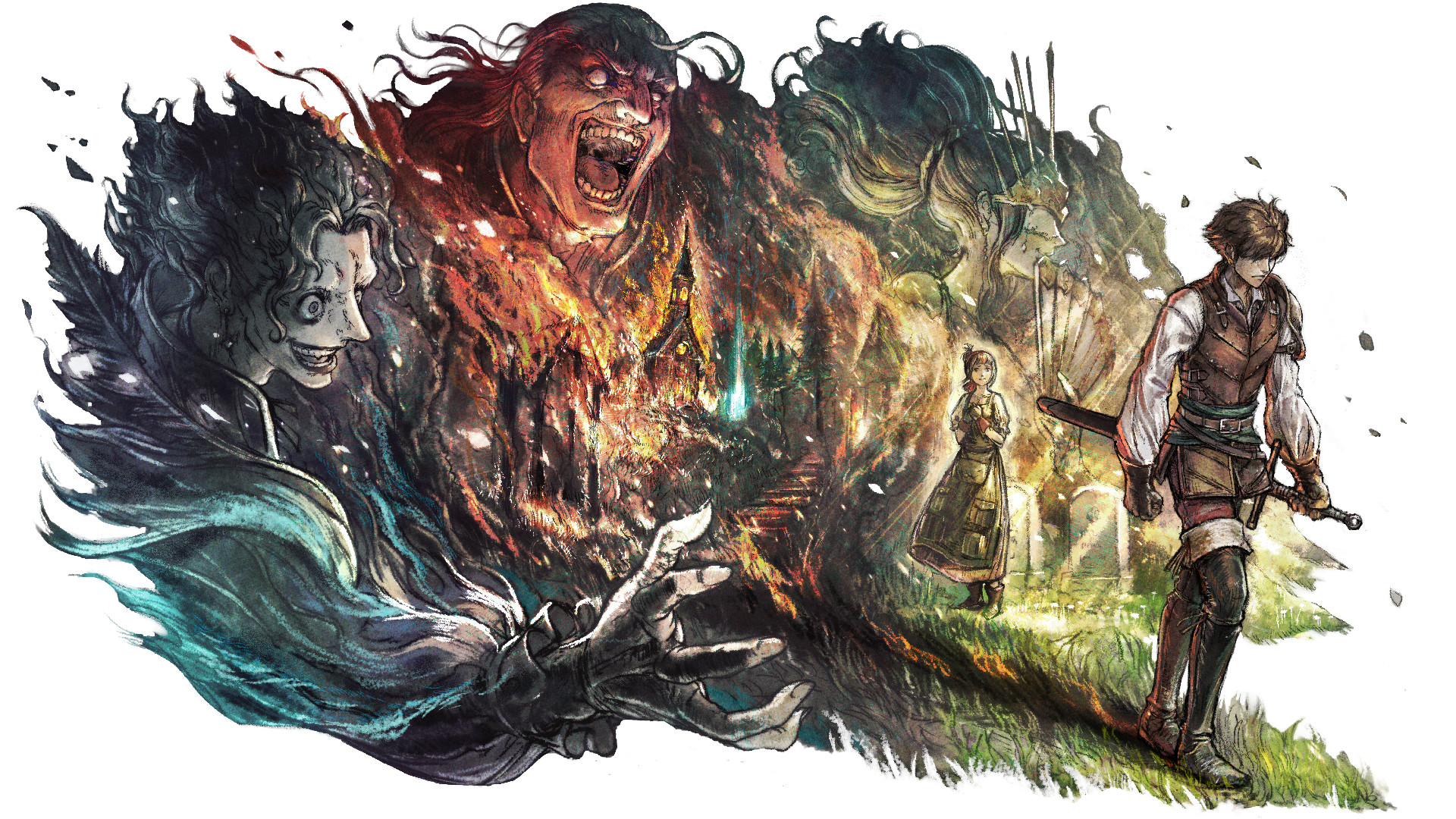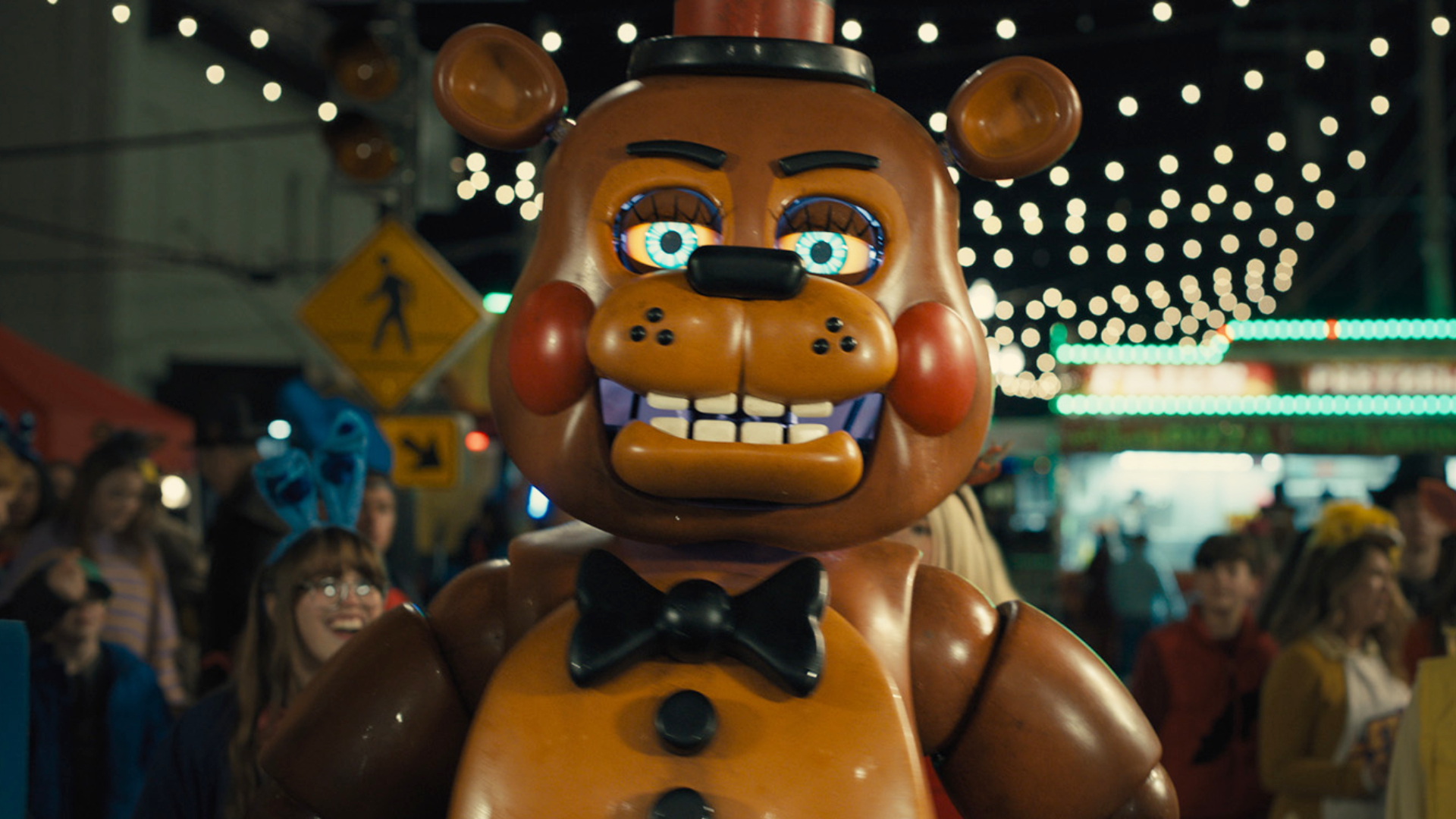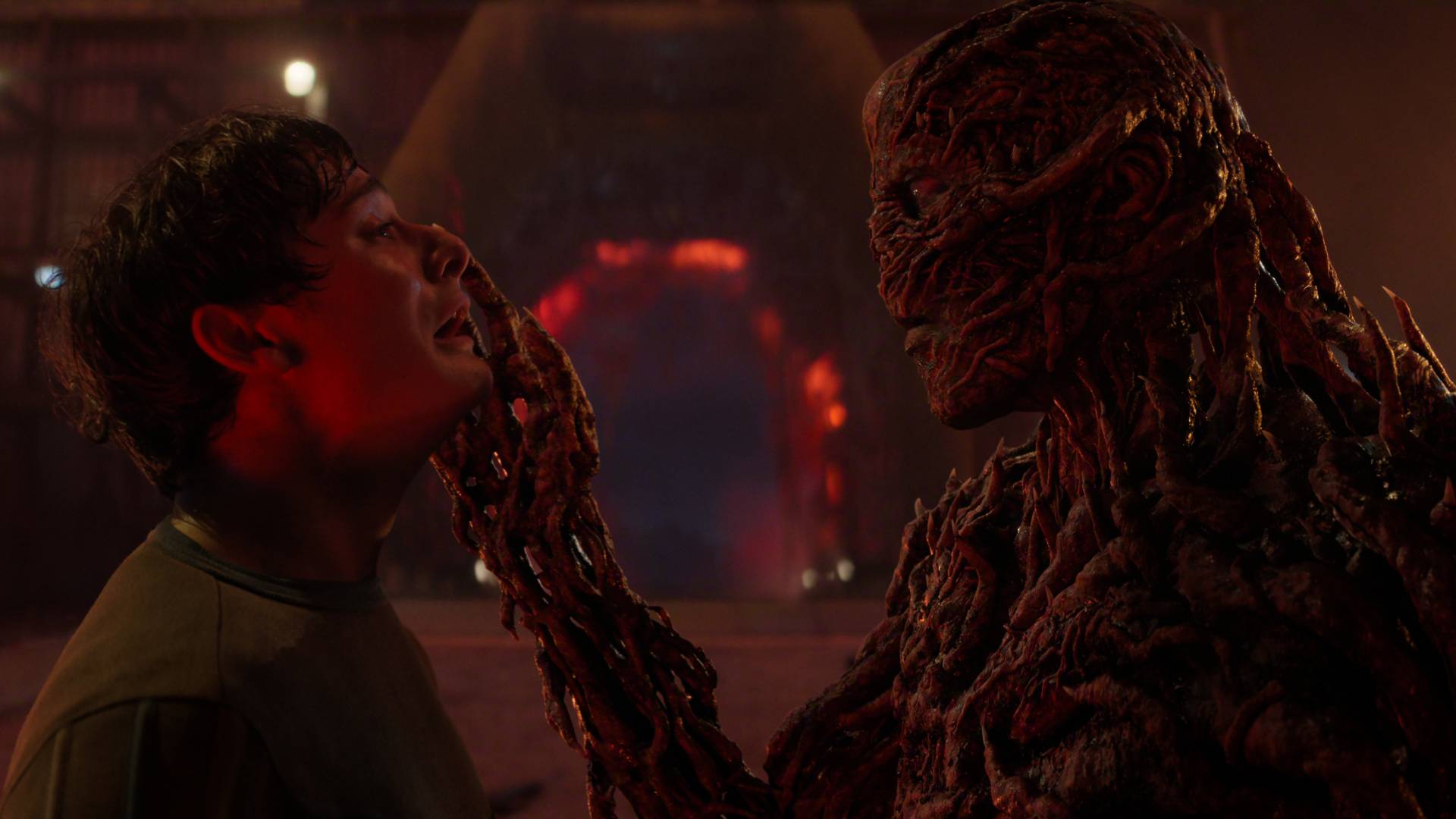Ahead of First Steps, I revisited the Fantastic Four film with a 9% Rotten Tomatoes score, and it’s a fascinating take on Marvel’s first family
OPINION | Reviled at the time, Josh Trank’s 2015 Fantastic Four film has better ideas than its reputation suggests
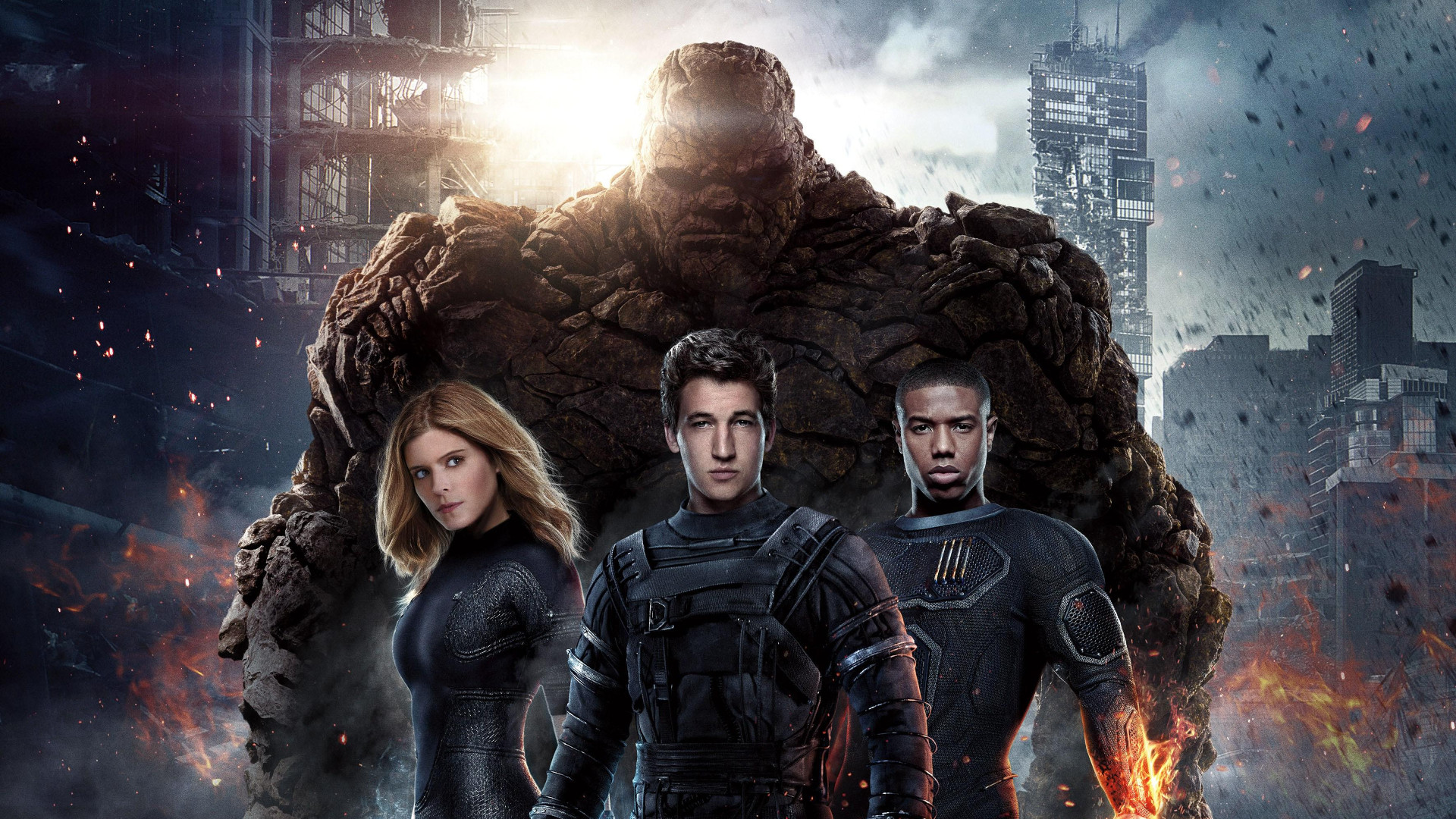
With the Fantastic Four finally making their MCU debut, reviews are claiming that First Steps might just be the best adaptation of Marvel's First Family to date. Where you stand on that probably depends on how fondly you look back at Tim Story's film from 2005, as well as its sequel, Rise of the Silver Surfer, which reimagined the cosmic entity Galactus as a giant trash cloud.
Either way, you're not going to hear many fans make a case for that other big-budget Fantastic Four film. In fact, even diehard comic book readers have washed their hands clean of Josh Trank's FANT4STIC since its release in 2015. Not only is it the worst of the lot, according to audiences and critics alike, it's also received the second-lowest Rotten Tomatoes score of any film based on Marvel comics to date.
At 9%, FANT4STIC ranks lower than Elektra (11%) or even Madame Web (10%), which didn't exactly bowl people over, despite the incredible memes it inspired. Only Matt Salinger's extremely low budget 90s take on Captain America scores lower at 6%.
Whether you blame writer/director Josh Trank or studio-led cuts and reshoots, the reputation of FANT4STIC is still trash (much like that aforementioned Galactus cloud). Throw in a clobbering at the box office and three Golden Raspberry Awards, what you've got is indisputably the worst Fantastic Four studio film. Or is it?
Ok, yes, FANT4STIC is still the worst movie out of the four, but honestly, it's not as bad as you remember. There's actually a semi-decent film in there with — dare I say? — some fantastic moments, even if its biggest flaws are still hard to defend.
Shock to the system
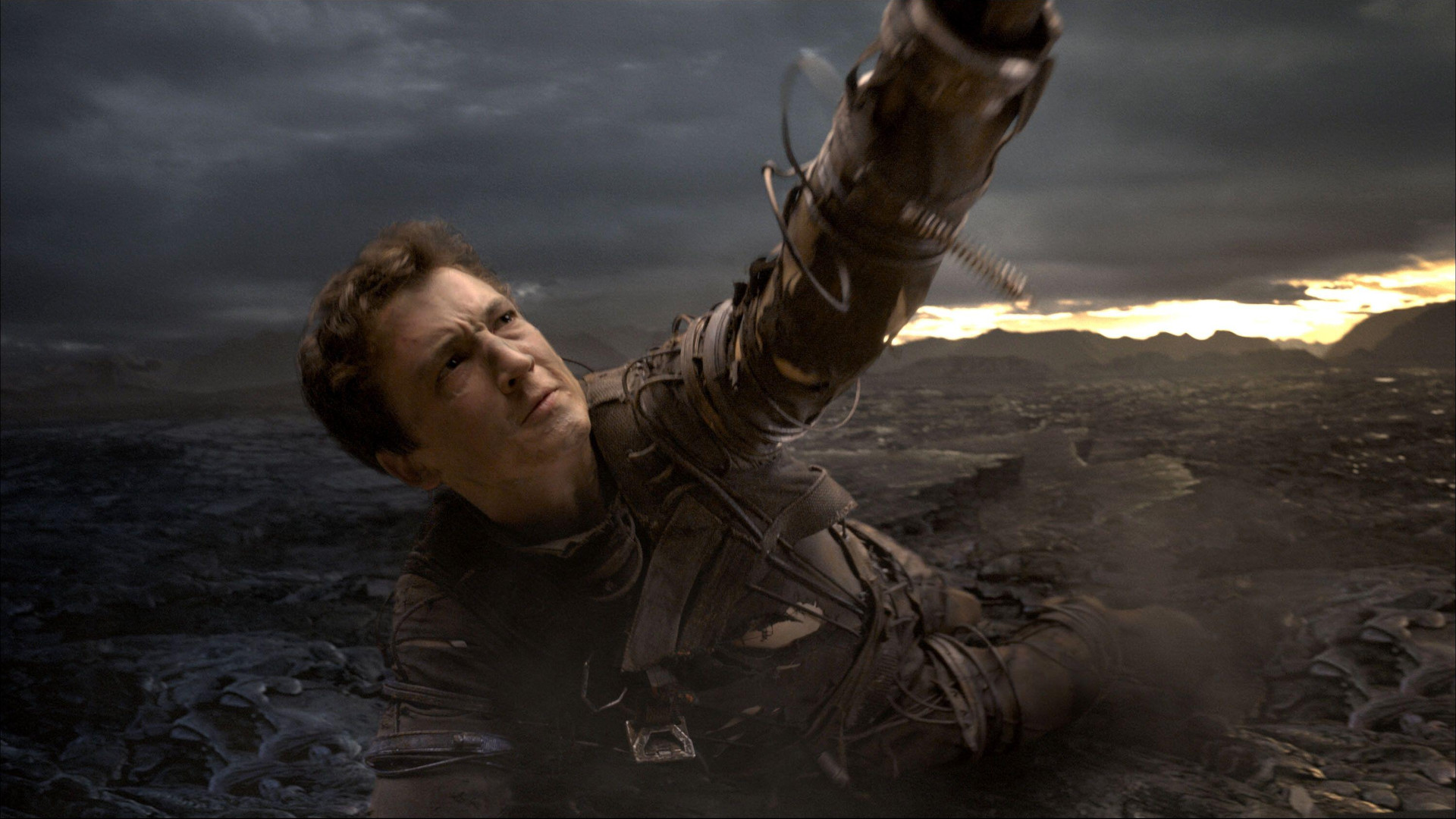
The biggest issue is the pacing. After act one drags and spends too long setting up the accident that gives the Fantastic Four their powers, we rush through to Doctor Doom's arrival with just 20 minutes left to spare, wrapping things up in a blur. There's very little team-building or character interaction to speak of, as if huge chunks of the story are missing.
Reports suggest screenwriter Jeremy Slater wanted to veer in a traditional superhero direction while Trank was more experimental in his goals, citing David Cronenberg classics like The Fly and Scanners as well as work by directors Steven Spielberg and Tim Burton (via Collider). It's in this ambition, and especially in the Cronenbergian elements of body horror, where FANT4STIC does live up to its namesake.
That slow build-up in act one might not be the most thrilling, but it's a far more innovative take on the team's origin than longtime fans are used to. Here, Reed Richards and Ben Grimm team up with the Storm family to pioneer transportation to another reality, rather than the outer reaches of space. With help from Victor Von Doom, they venture to Planet Zero, a thinly veiled stand-in for Marvel's Negative Zone, where otherworldly energy alters their body chemistry to a horrifying degree.
Were it not for some obligatory shoehorned references to the comics, FANT4STIC's first half feels more like a weird, sci-fi B-movie than the typical tentpole blockbuster we're used to seeing from Marvel. It doesn't all work, but it's still a welcome switch-up from your standard retelling of an origin story seen plenty of times before.
And then it happens. The four become truly fantastic in the original sense of the word, more bizarre and grotesque than we've ever seen these heroes before.
Johnny Storm wakes up with his entire body on fire, and he can't switch it off. He blazes on, looking at first like a man who can't stop burning to death. We later learn that his sister, Sue, has gotten off a bit easier, just shifting in and out of the physical spectrum while she sleeps.
Reed wakes up with his legs trapped under rubble flung in the explosion. He drags himself along the floor, looking for Ben, who appears to be trapped as well by a pile of rocks. Rocks which move and tremble with every word he speaks and every breath he takes... Reed looks back then and realises that his legs are still pinned by rubble too. It's just that he's stretched them like taffy, pulled out of shape to an inhuman degree.
Flame on
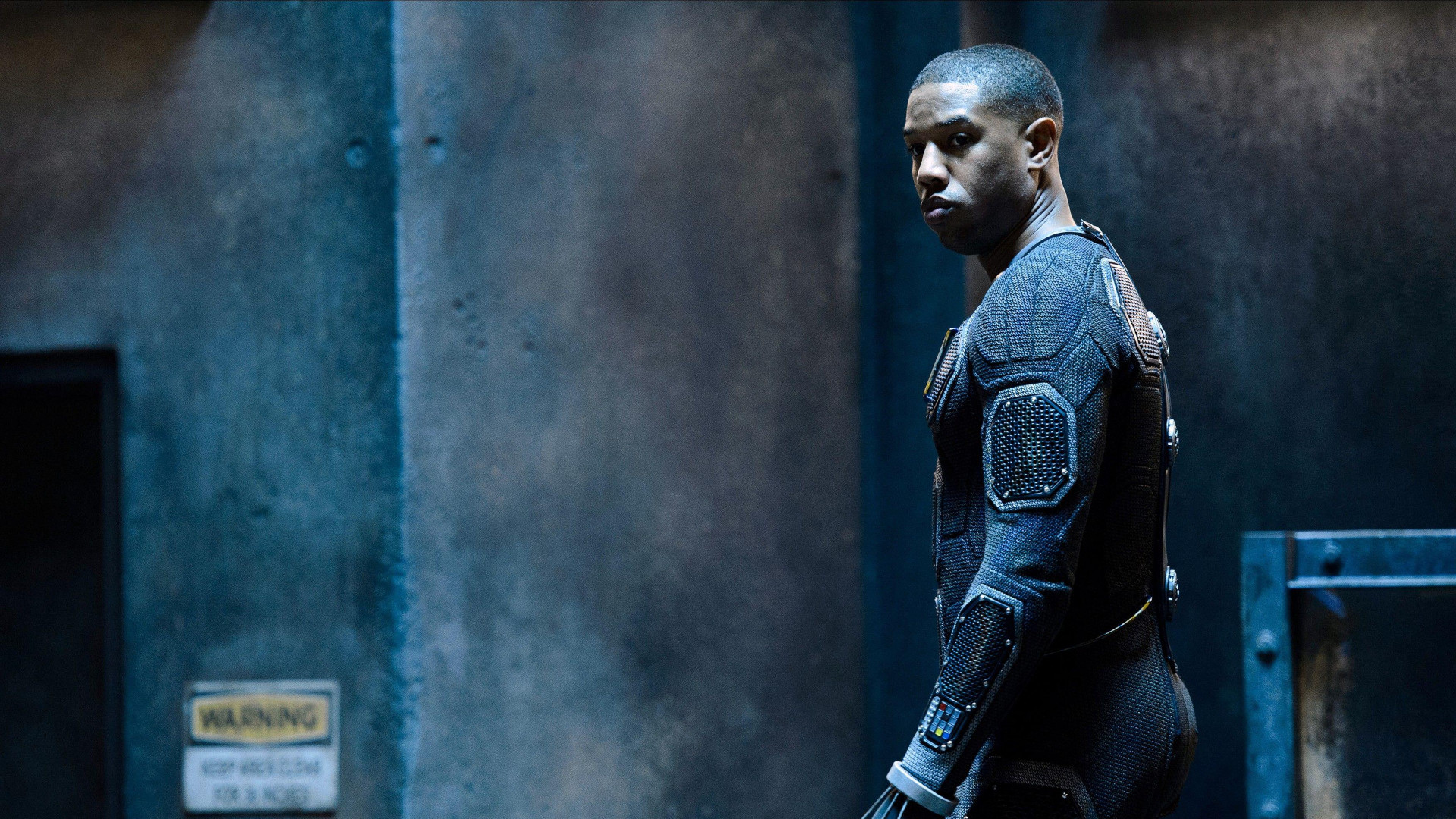
The horrors persist in Area 57 where Reed is held on an operating table with his limbs still stretched out. He keeps asking where Ben is, begging for answers, but the scientists ignore his cries, despite them all working together just a short time earlier at the Baxter Institute. Although Johnny is still in pain too, flaming on out of control, it's Ben's confused cries for help that inspire Reed to pull himself back together and crawl through the vents to find him.
Ben is still trapped in rubble at this point, begging his best friend to help. But as he frees his arms, now giant and grotesque, Ben comes to realise that he is the rubble, that his body is now made entirely of rock. Reed wants to help, but he doesn't know how, and when an alarm suddenly rings, he's forced to flee, leaving Ben behind in his own waking nightmare.
It's hard to picture a scene like this in either the poppy noughties vibe of the original film or the retro-futuristic sheen of First Steps. In fact, it's hard to envision this playing out anywhere outside of a horror movie, and especially not in a superhero franchise that's traditionally been family-friendly up to this point.
Shot like a scary film with effects reminiscent of those Cronenbergian influences, these transformation scenes tap into the genuine terror that would come from your body mutating so rapidly out of your control.
The script could have gone a bit harder with Sue, especially — imagine her skin involuntarily turning invisible so her insides can be seen — but this risk still pays off in that moment. We've never seen a Fantastic Four quite like this before, and in a landscape dominated by recurring tropes, that's refreshing, even if not all the risks panned out.
The superhero genre can be so much more flexible than the Hollywood machine often allows, and this team, especially, is very malleable in terms of the genre they embody within a sci-fi framework. The key is using said genre elements to get to the core of who the Fantastic Four are and what they're about. This cut of FANT4STIC didn't always manage that successfully, but the body horror established earlier on sets up one vital moment that gets under the skin of The Thing like never before.
Between a rock and a hard place
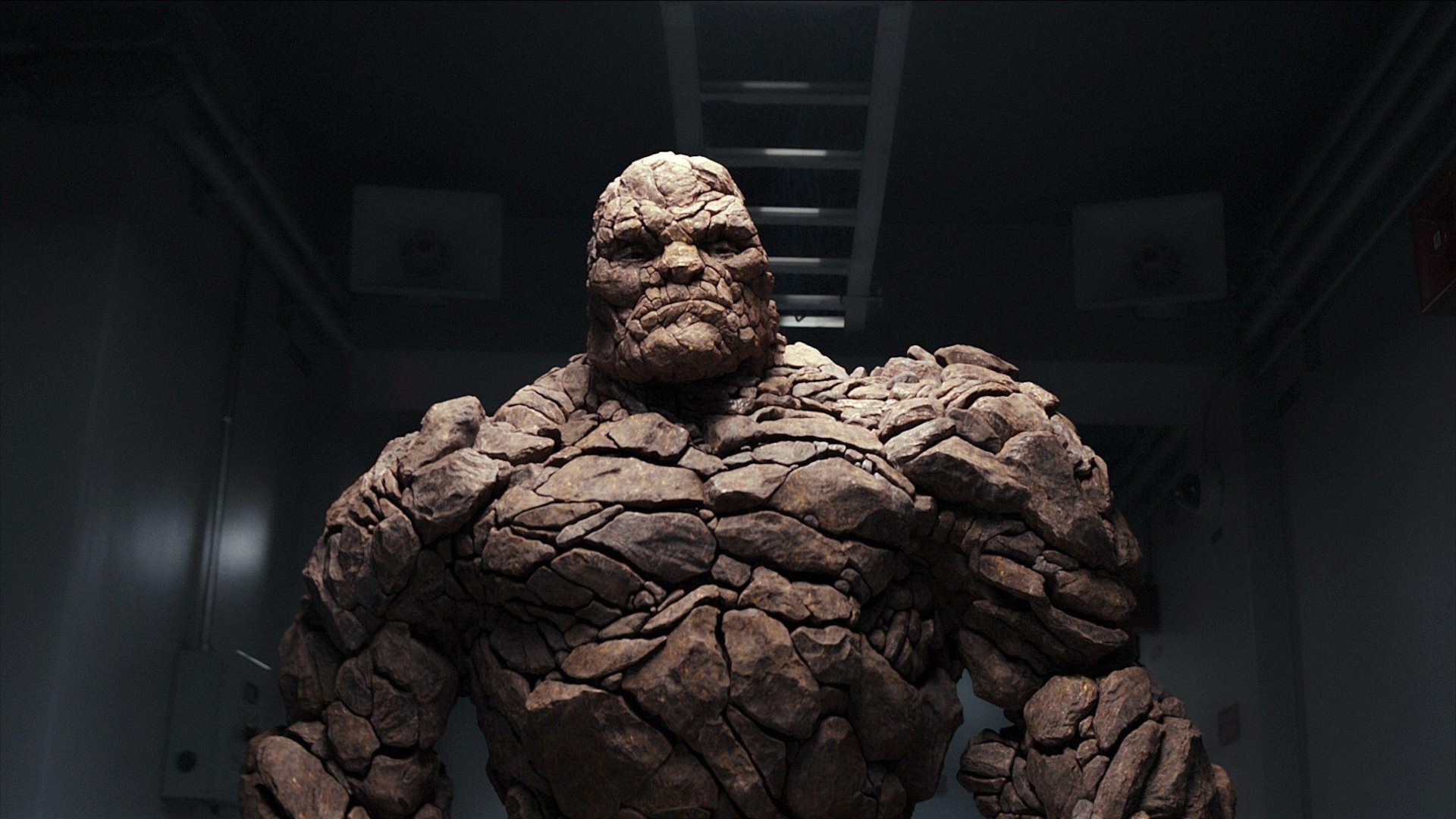
And I mean that literally, of course. After Ben is deployed to bring the escaped Reed back, a briefly thrilling use of Mister Fantastic's powers in battle is cut short, and the old friends are left alone to reunite on the flight home after a year apart. Ben feels abandoned by Reed, not realising that he's been looking for Grimm ever since that night he escaped.
Angry words are exchanged, but there's still a bond there. Reed knows Ben better than anyone, which is how he comes to realise that his friend's pain might not just be of the emotional kind. "Does it hurt?' asks Reed, referring to The Thing's rocky transformation. "I've gotten used to it," replies Ben, shrugging off the pain as if it's nothing. But it is something, and it's in that absence where the script provides a huge amount of insight with just a few short words.
This reminds me now of the moment in 2005's Fantastic Four where The Thing can't pick up his wedding ring off the floor before his fingers are too large, ramming home the very reason why his lover left him in the first place. Ben has always felt like a monster, grappling with how his physical appearance belies the softness and humanity underneath, but FANT4STIC expands on this by making the whole team outsiders, monstrous in their own way.
Even Sue at one point denounces their powers, describing them instead as "aggressively abnormal physical conditions." The government uses and manipulates these "conditions," positioning the Fantastic Four more like the X-Men and other mutants rather than the superhero celebrities they're usually portrayed as on screen.
Contrary to popular belief, I think Trank drains colour from the film with a cold, muddy palette to emphasise this alienation. Could this effect still have been achieved with more personality on screen? Sure, but it isn't the lifeless mess critics made it out to be, especially when the nondescript corridors of the institute are splattered with blood.
Doom and gloom
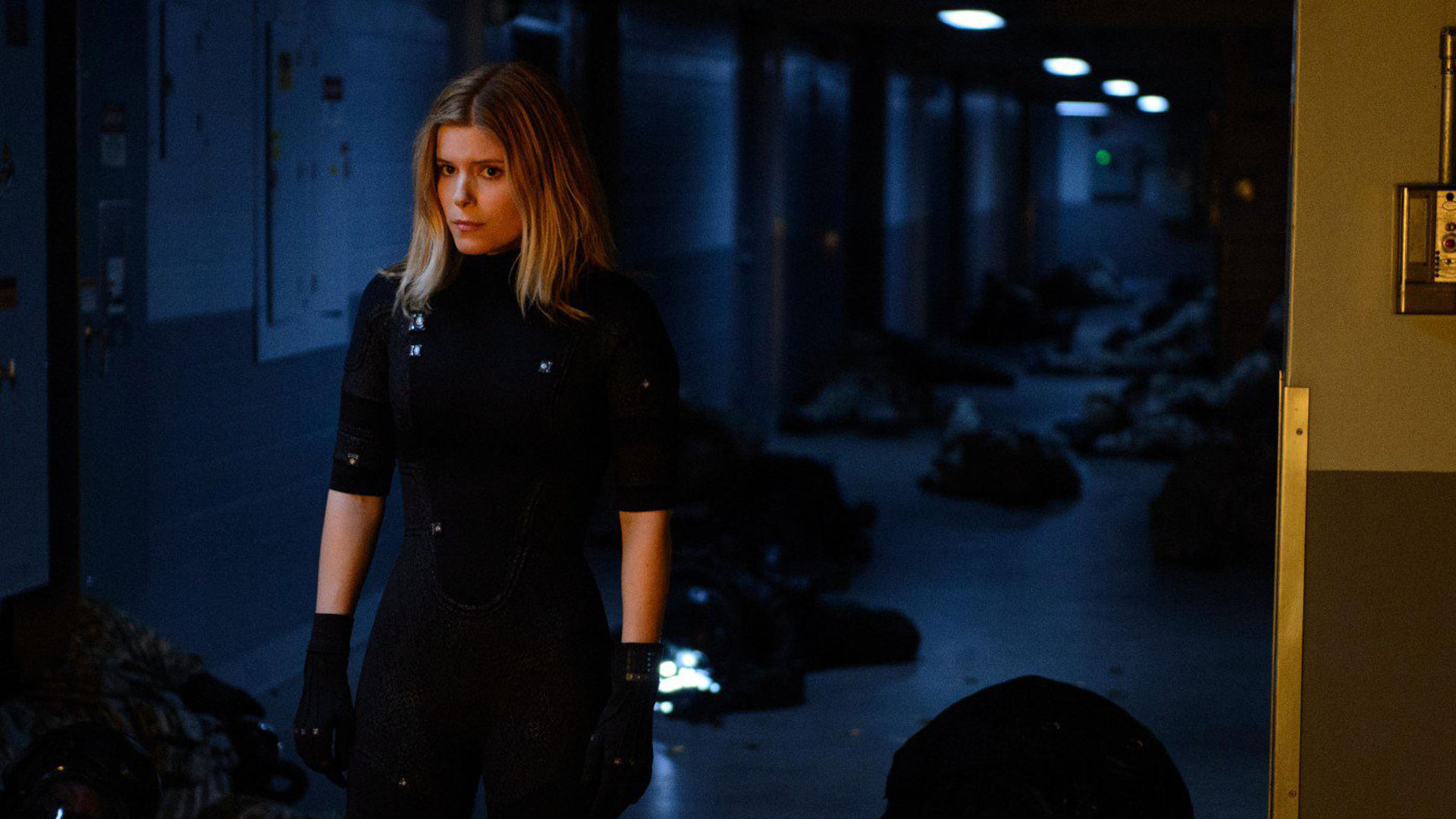
Doctor Doom's arrival so late in the day is far from ideal as well. While a Marvel movie would have established the significant threat he poses early on, the weirdo B-movie FANT4STIC aspires to be probably wouldn't have included an antagonist in this vein at all. Still, weird pacing and poor character design aside, it is unsettling to watch him casually explode the heads of anyone who gets in his way, dimly lit by the ambience of emergency lighting. And that's true regardless of whether this version is at all comic-book accurate or not.
Said accuracy fares better when it comes to the central team and their abilities. For example, the way Sue protects Johnny's fireballs from Doom, only to then unleash them and trap him in a fiery cage, is precisely the kind of innovation we need to see with her powers, especially.
Following this pile-on, where the Fantastic Four (very quickly) learn how to work together, FANT4STIC ends with Doom defeated and the emergence of our heroes as an actual team. Yet there's no grand design to help people. The Fantastic Four did save the day, yes, but they also fought Doom to save themselves. At the end, they commandeer a new building to call their own, a gift from the government so that they can work on what they want to work on instead of serving their country.
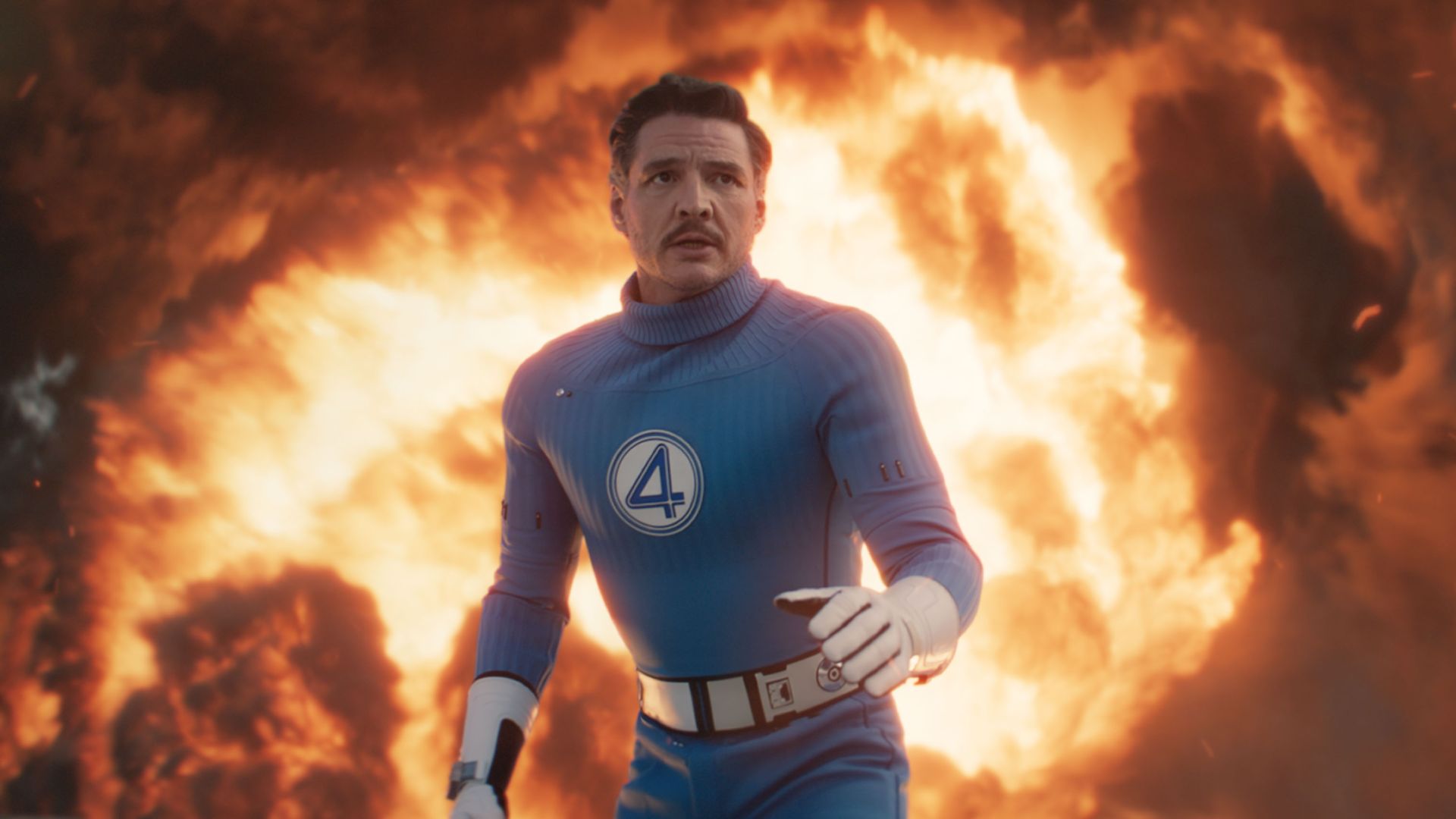
Perhaps the planned (but cancelled) sequel would have established the quartet more as bona fide heroes, but as it stands, they're still monsters, freaks even, who have managed to wrest control of their own lives away from the establishments that would seek to control them. It's not the altruistic take the Fantastic Four are usually known for, so it's easy to see why many fans might see these changes as a betrayal of sorts.
But with superhero stories being recycled and rebooted as often as they are, isn't it worth trying new things out sometimes, experimenting with the source material a bit more boldly? As Trank himself claimed with an incendiary (since deleted) tweet just one day before his film was released, there was "a fantastic version of this" story before things changed a year prior. "And it would've received great reviews."
Whether that's true or not, FANT4STIC remains a singular achievement in blockbuster filmmaking. Because let's face it, you've never seen a superhero movie quite like this, let alone a Fantastic Four one. That might be a good thing for those who hated it upon release or continue to hate it now. Still, I for one would rather see an interesting failure that takes bold first steps forward over a bland carbon copy of the more fantastic films that preceded it.
For more Fantastic Four, check out the rest of the upcoming Marvel movies and shows heading your way, and our guide covering how to watch Marvel movies in order.

With ten years of online journalism experience, David has written about TV, film, and music for a wide range of publications including Indiewire, Paste, Empire, Digital Spy, Radio Times, Teen Vogue and more. He's spoken on numerous LGBTQ+ panels to discuss queer representation and in 2020, he created Digital Spy's Rainbow Crew interview series, which celebrates queer talent on both sides of the camera via video content and longform reads. Passions include animation, horror, comics, and LGBTQ+ storytelling, which is why David longs to see a Buffy-themed Rusical on RuPaul's Drag Race.
You must confirm your public display name before commenting
Please logout and then login again, you will then be prompted to enter your display name.
